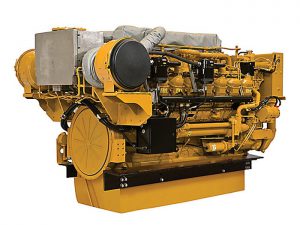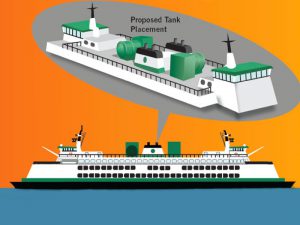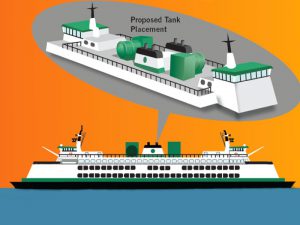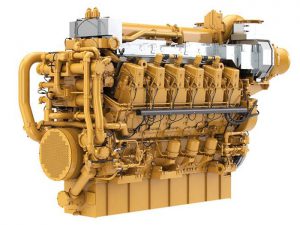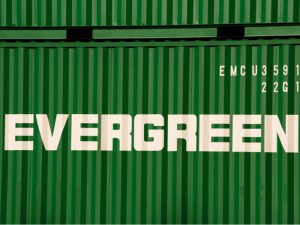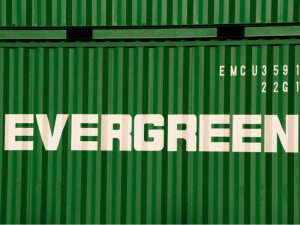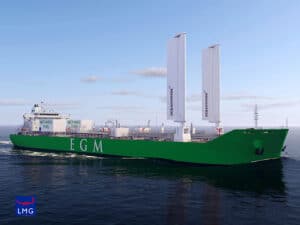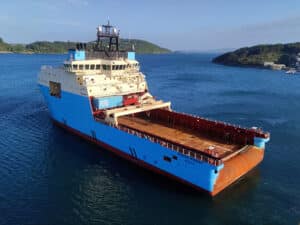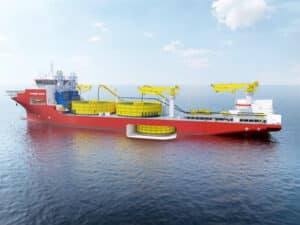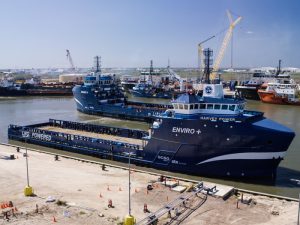
Harvey Gulf takes delivery of second LNG fueled OSV
The vessel is already in service under a five year contract working for Shell Upstream America’s deep water operations in the Gulf of Mexico.
Like her sistership Harvey Energy, Harvey Power is capable of operating on LNG or diesel fuel and also meets the criteria of the ABS Enviro+, Green Passport notation.
When operating on 99% LNG, the dual fuel vessels exceed the requirements of the new EPA Tier IV for reductions of SOX and NOX emissions within the North American ECA can operate in excess of 19 days in normal GOM rig supply mode between refuelings.
Harvey Power will refuel with LNG at Harvey Gulf’s new LNG bunkering facility at Port Fourchon in southern Louisiana, which allows easy access to more than 600 oil and gas rigs and platforms within a 40-mile radius.
Harvey Power is a 310′ x 64′ x 24.5′ platform supply vessel powered by three Wärtsilä 6L34DF dual fuel gensets, providing 7.5 MW of power and fueled by a Wartsila provided LNGPac system.
With 5,219 metric tons of deadweight the vessel is capable of carrying 253,000 USG of fuel oil, 18,000 bbls of liquid mud, 1,600 bbls of methanol, 10,250 cu.ft of dry cement and 73,000 USG of LNG fuel.
When operating on LNG the Harvey Power can operate in excess of 19 days in normal GOM rig supply mode between refueling.
The acquisition of Gulf Coast Shipyard Group by a new Harvey Gulf International Marine affiliate, Harvey Shipyard Group, was announced back in June.
The shipbuilder’s new COO, Marvin Serna, says that new protocols and operational improvements he has put in place are yielding results, such as a 45 day reduction in the commissioning time of the second vessel in comparison with the first.
Harvey Gulf has four more vessels under construction with Gulf Coast Shipyard Group and is confident the shipyard can maintain the high quality of construction while continuing to improve on construction techniques resulting in shorter delivery times.
Mr. Shane Guidry, Chairman and CEO of Harvey Gulf, says: “This is our second vessel capable of operating on LNG and is a testimony of Harvey Gulf’s commitment to its customers and the environment to provide the most affordable, innovative, environmentally-friendly technical solutions to meet their business demands.”

